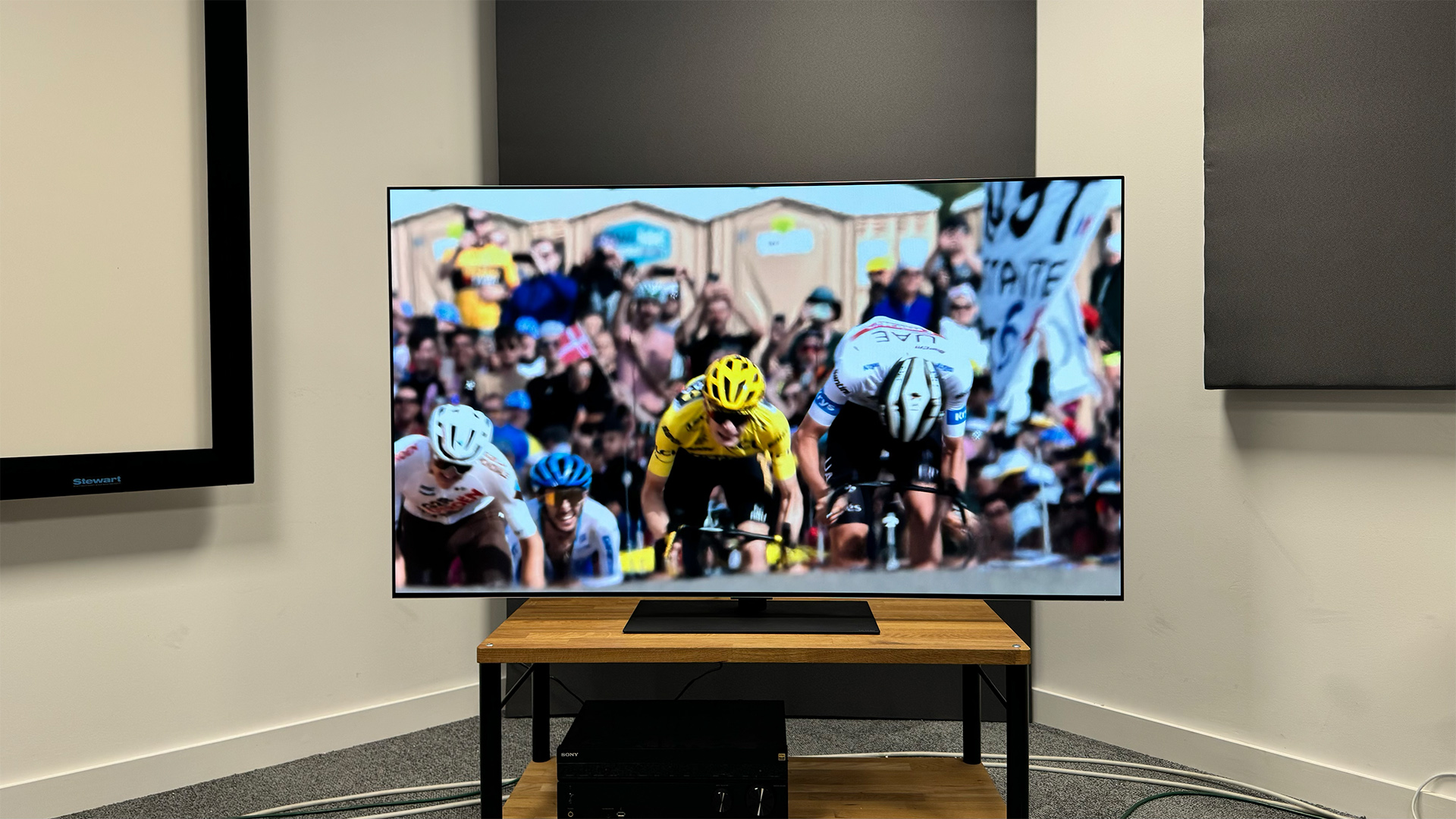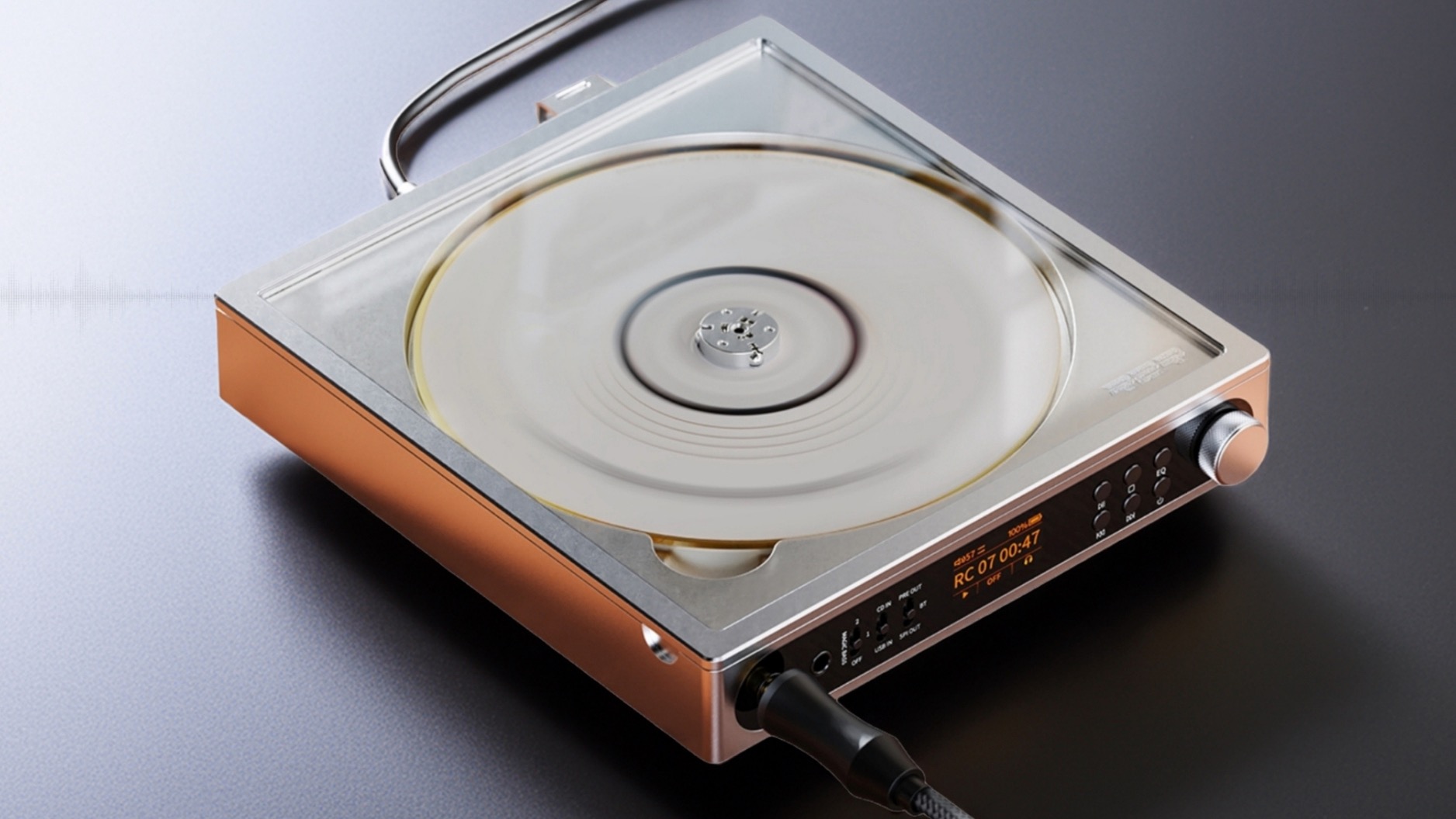DTS's latest feature wants to fix one of our biggest gripes with TVs
DTS has jumped on the AI bandwagon with its new Clear Dialogue feature

DTS has launched a new AI powered Clear Dialogue technology designed to help improve the clarity of dialogue on TVs.
The feature was unveiled at the IFA trade show in Berlin and aims to leverage “AI-based audio processing” to help separate and enhance movie and TV dialogue being played on in-built TV speaker systems, making it more legible and immersive.
According to DTS the tech is able to do this by using AI processing to identify and separate “any” part of the sound, such as music, special effects and dialogue, and enhance it. The feature will also allow for a degree of personalisation, with DTS confirming it will also let users create their own profiles.
DTS hasn’t revealed much else about how the tech actually works outside of the fact it uses “AI”, and we haven’t had a chance to demo it yet so can't speak about its performance in the real world. However, Xperi – DTS’s parent company – chief product officer, Geir Skaaden, claims the tech is entirely new and distinct from the existing AI audio optimisation features seen on current TVs.
“To date, attempts to mitigate audio post-processing limitations don’t address the complex underlying problems across languages, content and environment, and can’t account for each viewer’s individuality. Our device-side AI-based audio processing solution will allow TV OEMs to provide their viewers with the ability to customise and personalise their audio experience,” said Skaaden in a press release.
If it does what it says on the tin, Clear Dialogue would be a welcome feature. Poor separation between dialogue and background effects and music is a staple issue we experience on most TVs' inbuilt speaker systems. The issue was a key contributor to why we flagged poor audio as an issue on key sets including the LG G4 and Hisense U8N after reviewing them.
It is also a large reason we generally recommend investing in a soundbar or full speaker package if you want the best home cinema experience possible when shopping for a new TV.
The latest hi-fi, home cinema and tech news, reviews, buying advice and deals, direct to your inbox.
Sadly there aren’t currently any TVs confirmed to feature DTS’s new Clear Dialogue tech. However, DTS support is fairly common sight on sets by big name makers including LG, Sony, Hisense and Philips, so we imagine some will appear in the not too distant future.
MORE:
These are the best TVs we’ve reviewed
Our picks of the best soundbars
We rate the best surround sound packages

Alastair is What Hi-Fi?’s editor in chief. He has well over a decade’s experience as a journalist working in both B2C and B2B press. During this time he’s covered everything from the launch of the first Amazon Echo to government cyber security policy. Prior to joining What Hi-Fi? he served as Trusted Reviews’ editor-in-chief. Outside of tech, he has a Masters from King’s College London in Ethics and the Philosophy of Religion, is an enthusiastic, but untalented, guitar player and runs a webcomic in his spare time.
